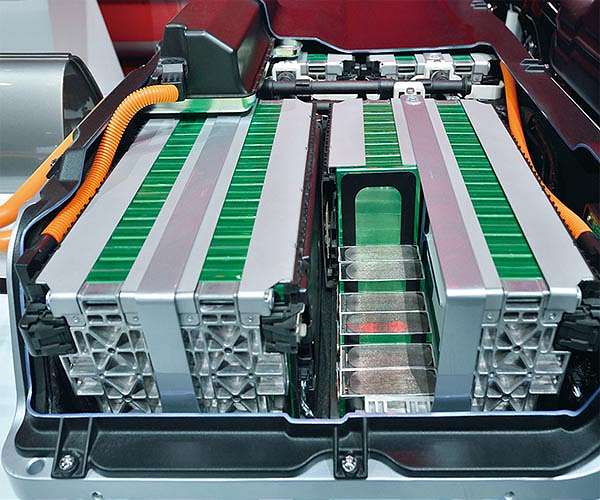Groundbreaking developments in solid-state battery technology for energy storage
Recent advances in solid-state battery technology are paving the way for a transformative era in energy storage. These developments hold promise for revolutionizing electric vehicles and sustainable energy systems through improved performance and safety. A focus on electrolyte innovation has been critical to this progress, enabling the development of high-performance all-solid state batteries (ASSBs).
A new review article provides a comprehensive overview of advances in inorganic solid electrolytes (ISEs), materials central to ASSBs. Researchers investigated the role of oxides, sulfides, hydroborates, antiperovskites and halides not only as electrolytes, but also as catholytes and interfacial layers, which collectively improve the performance and safety of batteries.
“We highlighted the recent breakthroughs in the synthesis of these materials and sharpened our focus on the innovative techniques that enable fine-tuning their properties to meet the demanding requirements of ASSBs,” said Eric Jianfeng Cheng, associate professor at the Advanced Institute for Materials Research of Tohoku University. (AIMR). “Precise tuning is critical to developing batteries with higher energy density, longer life cycles and better safety profiles than conventional liquid-based batteries.”
The review also addresses the electrochemical properties of ISEs, including ionic conductivity, stability and electrode compatibility. Researchers evaluated current ASSB models and proposed emerging strategies that could power the next generation of energy storage solutions.
However, challenges remain in the development of ASSBs, particularly the limited compatibility between ISEs and electrodes, which can induce interfacial reactions. Addressing these compatibility issues is essential to improving battery efficiency and longevity. The evaluation outlines these challenges and provides insight into efforts to overcome them.
“Our comprehensive evaluation underlines the importance of continued research and development in the field of solid-state batteries. By developing new materials, improving synthesis methods, and overcoming compatibility issues, current efforts are driving innovation toward practical ASSBs that could transform the way we store and store them. use energy,” Cheng added.
Research report:Inorganic solid electrolytes for all-solid lithium/sodium-ion batteries: recent developments and applications


